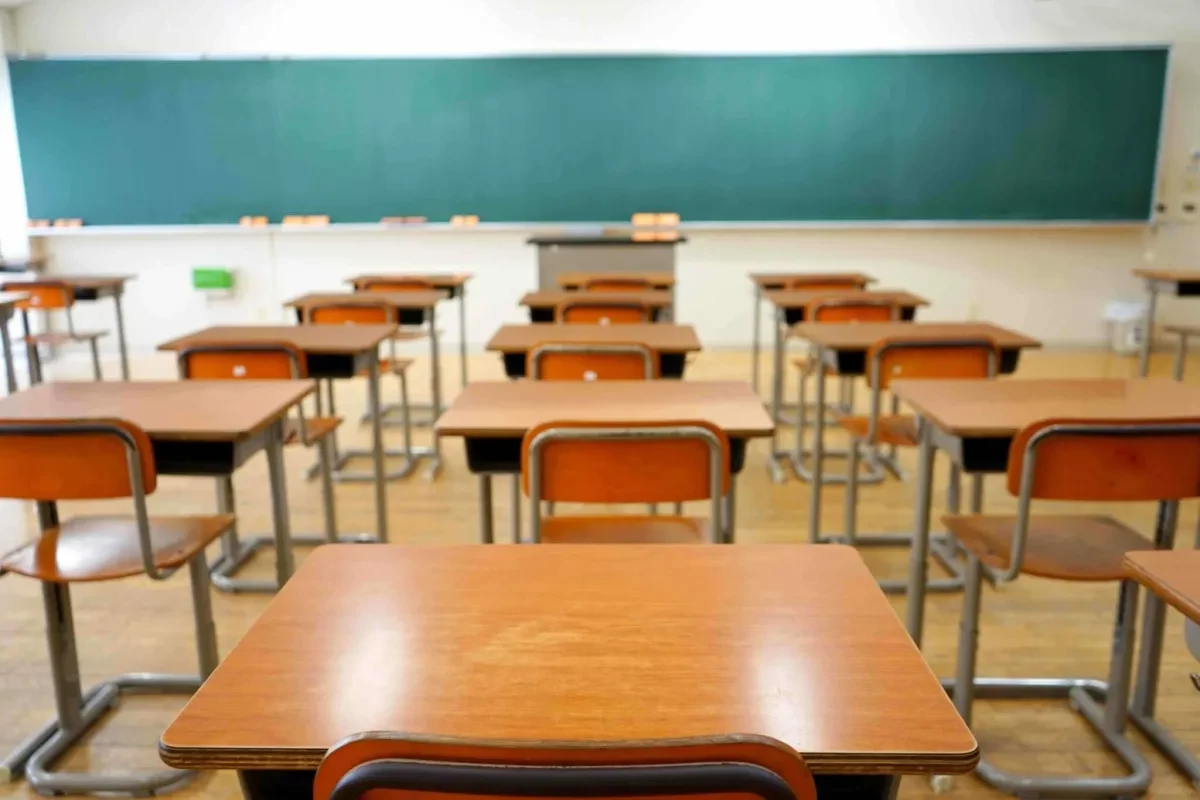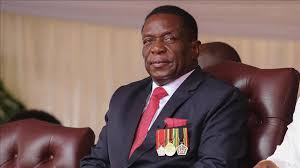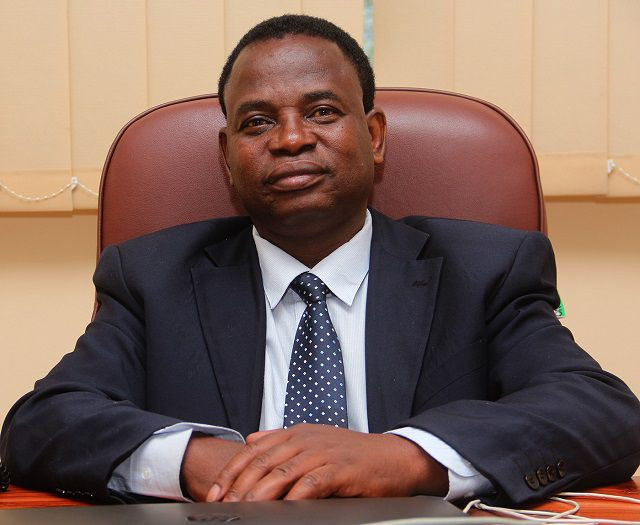ZIMBABWE is endowed with a rich and diverse cultural heritage embodied in both intangible and tangible forms such as dance.
Dances are not merely performed for entertainment but also to educate people about certain cultures in different communities.
In an effort to preserve traditional dances, especially among young Zimbabweans at primary school level, the arts industry mother body National Arts Council of Zimbabwe (NACZ), in partnership with the National Association of Primary Heads (NAPH) inaugurated the annual Jikinya Dance Festival in 2001.
For the past two years, the festival has, however, been on hold due to the COVID-19 outbreak that brought with it stringent measures to curb the spread of the highly contagious disease.
And following a recession in both new cases and deaths, NACZ spokesperson Rodney Ruwende has confirmed, through a statement, the return of the Jikinya Dance Festival whose provincial finals start on November 11, running under the theme: Building Zimbabwe through Dance, our Heritage is our Identity.
This annual festival, which is the biggest dance programme for primary school pupils and is open to all primary schools from across the country’s 10 provinces, helps to preserve Zimbabwe's rich cultural heritage.
Keep Reading
- Chashe Band seeks fame via Chibuku
- In the groove: Did hicc concert mark end of sungura?
- Curtain finally comes down on Chibuku Road to Fame
- In the groove: How to avoid poor attendances at concerts
Jikinya is a dance performed as an expression of happiness with lots of drumming, dancing and singing. The dance originated from the country’s north-eastern districts of Murewa and Uzumba-Maramba-Pfungwe.
Before COVID-19 struck, the festival had become a permanent feature on the school calendar involving over 5 000 primary schools competing at district, provincial and national levels.
This year’s national finals have been set for November 24 at Winery Hall in Gweru.
“The Jikinya Dance Festival theme speaks to the importance of dance in showcasing who we are as Zimbabweans. This theme is appropriate for the return of jikinya as it calls on the nation to appreciate and perform Zimbabwean traditional dances thus promoting, safeguarding and showcasing our cultural heritage,” Ruwende noted.
“The festival will see schools performing a dance of their choice as well as the common dance as per the familiar standard. Amabhiza makes a return as the common dance for the 2022 edition of jikinya.”
Ruwende also noted that several dances have been showcased as common dances in previous years including muchongoyo, jerusarema, mbakumba and isitshikitsha.
He also added: “Amabhiza originates from Matabeleland South and was traditionally performed at rain-making ceremonies to appease the spirits of the rainmakers for a good harvest. The dancers follow the steps of a horse accompanied by three drums, clapping and a whistle.
“The third small drum is a special drum that produces a squawking sound, which is the signature sound of the performance. The common dance concept was introduced to allow all participating children, despite their regions, to learn, perform and appreciate diverse Zimbabwean cultures through dance.
“The dances selected reflect some authentic traditional aspects of a particular ethnic, religious or cultural group in Zimbabwe. The Jikinya Dance Festival began in 2001 and has nurtured talent in traditional music and dance by showcasing a variety of Zimbabwean dances performed by primary school pupils.”
Jikinya Dance Festival has contributed to the rebirth of a national culture, identity and pride among Zimbabwean youths.
- Follow Winstone on Twitter @widzonato





